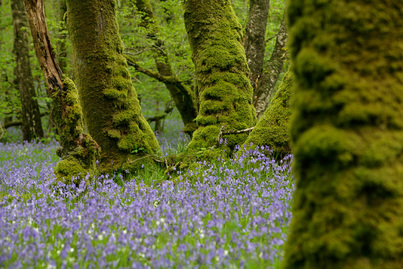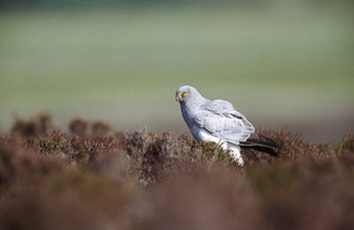Why I voted for the bluebell and the hen harrier
 Andy Hay (rspb-images.com)
Andy Hay (rspb-images.com) One in five of Britain’s wild flowers is under threat and the vote is an opportunity to highlight their plight. As with the concurrent election for Britain’s national bird, I have had no hesitation which gets my vote.
The bluebell has previously been voted Britain’s favourite flower, and it’s mine, too. But tactical voters should also vote bluebell. While you can find them in neighbouring countries, the classic bluebell wood is almost uniquely a British sight. Between a quarter and a half of all the world’s bluebells are found in Britain and Ireland.
However, during my recently-completed two year secondment in North Norfolk, I found a significant acreage of bluebells in the Snettisham area that was contaminated through hybridisation with the rampant Spanish bluebell. It is a problem reported from most parts of Britain. The Spanish species is a garden favourite which readily escapes into the wild. It is more invasive and more vigorous than our native species, and hybrids even more so.
I have found that whereas the common bluebell takes around three years to flower from seed, a Spanish bluebell plant will flower in its first year, so the rate at which the native plants can be genetically swamped is frightening. Whatever your views on non-native plants’ “right” to grow wild, the fact is, the common bluebell is more beautiful, more scented, and more part of our cherished woodland landscape than its paler, more rugged-looking cousin.
| As with the hen harrier, which gets my vote in the National Bird Vote, there is a difficult conservation challenge to face. There is just a chance that the necessary impetus to solve both will be helped along by declaring them our national favourites. And unlike the Other Election, these are two polls where “none of the above” just doesn’t make sense. |

 RSS Feed
RSS Feed
